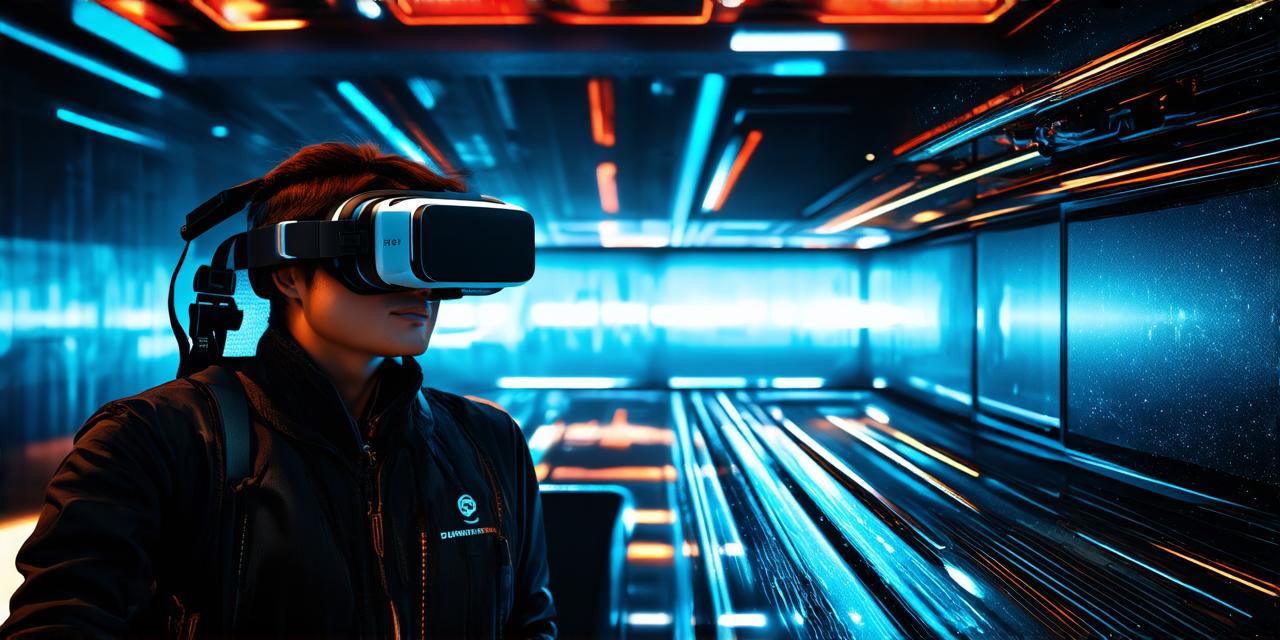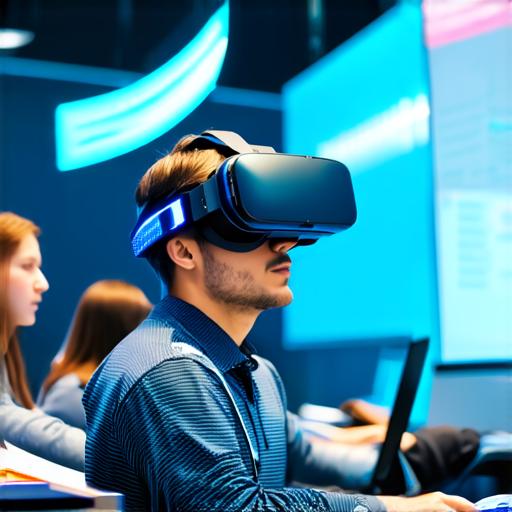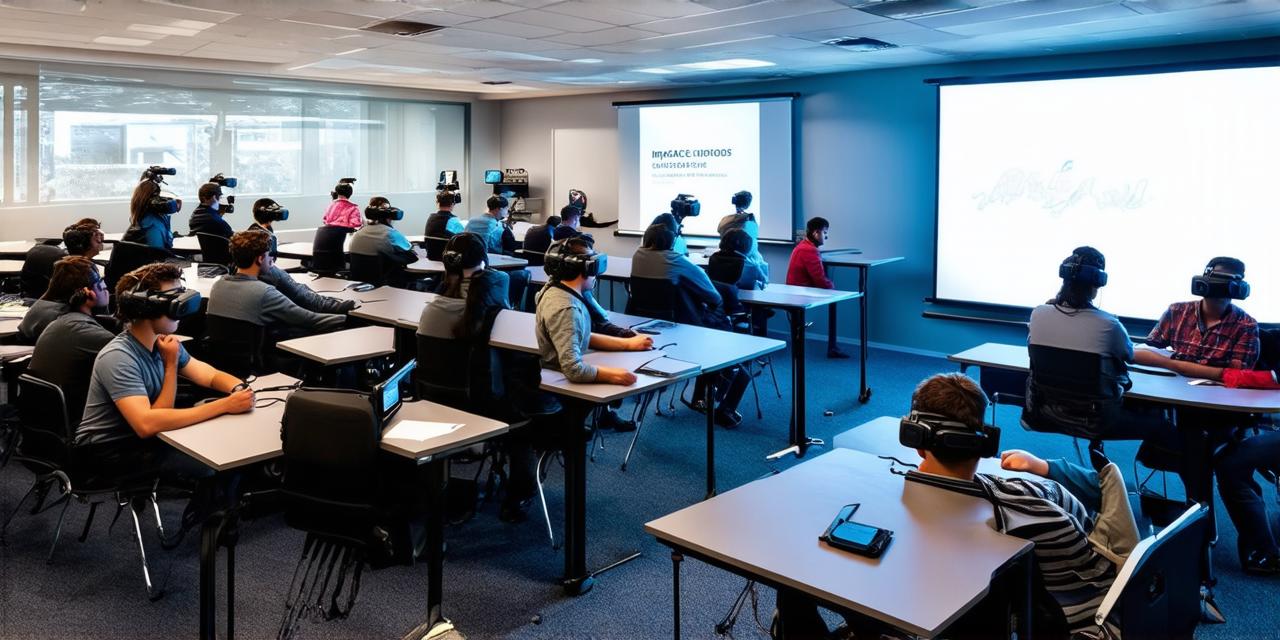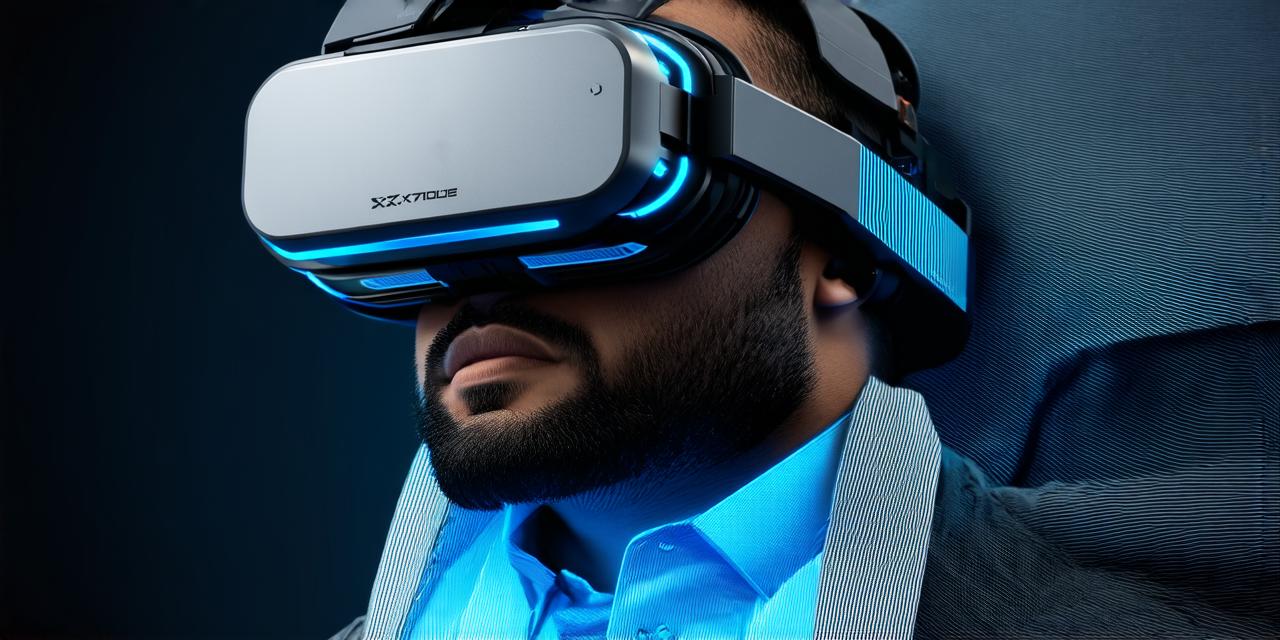
How does virtual reality change the way we learn?
Virtual reality (VR) has been gaining popularity in recent years as a new way to learn. It involves creating a simulated environment that allows users to interact with objects and other people in a virtual world. VR is becoming increasingly popular because it offers an immersive experience that can help students learn more effectively and efficiently.
Table of Contents
ToggleWhat is Virtual Reality?
Virtual reality is a computer-generated simulation of a real-world environment or object. It allows users to interact with the virtual world using special headsets or other devices. There are different types of VR, including 360-degree videos and interactive games.
How does VR change the way we learn?
Virtual reality can change the way we learn by providing an immersive experience that engages students’ senses. The virtual world can be customized to match the student’s needs, making it easier for them to understand complex concepts. In addition, VR allows students to practice skills in a safe and controlled environment, which can reduce the risk of injury or damage to equipment.
Virtual reality also enables students to learn at their own pace. Some VR programs allow students to move through the virtual world at different speeds, allowing them to focus on the areas they need more help with. This personalized approach to learning can be particularly effective for students who struggle with traditional classroom methods.
Virtual reality also promotes collaboration and communication among students. In some VR programs, students can work together in groups to complete tasks or solve problems. This type of interactive learning can help students develop teamwork skills and improve their communication abilities.
Virtual reality can also be used as a tool for professional training. For example, doctors and nurses can use VR simulations to practice surgical procedures, while pilots can use VR to simulate flying scenarios. This type of training can be particularly useful for industries where mistakes can have serious consequences.
Conclusion
In conclusion, virtual reality can change the way we learn by providing an immersive experience that engages students’ senses and promotes collaboration and communication among students. It also allows students to practice skills in a safe and controlled environment and can be used as a tool for professional training. As VR continues to evolve, it will likely become an increasingly popular tool for learning in a variety of settings.


